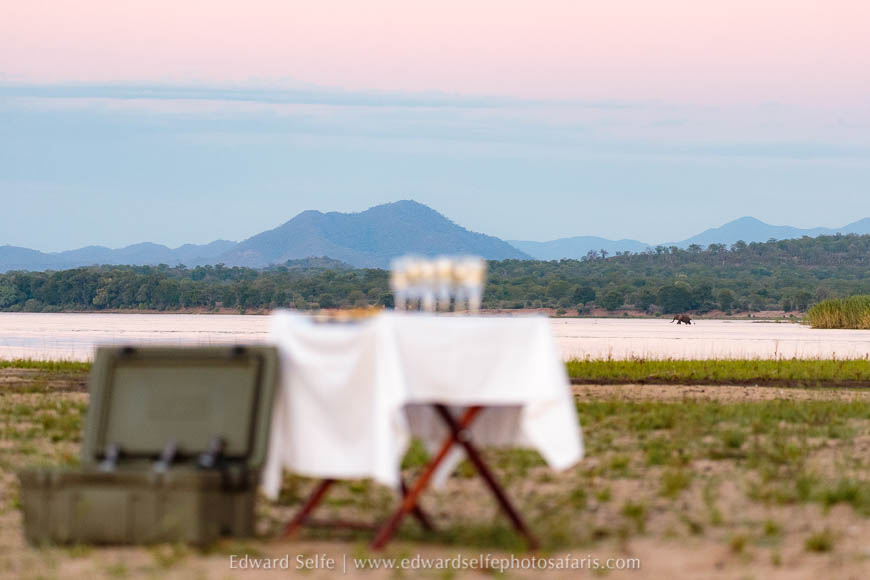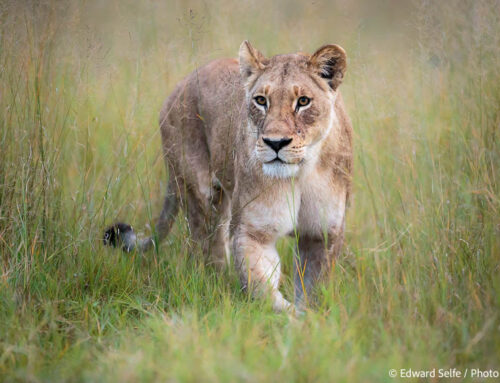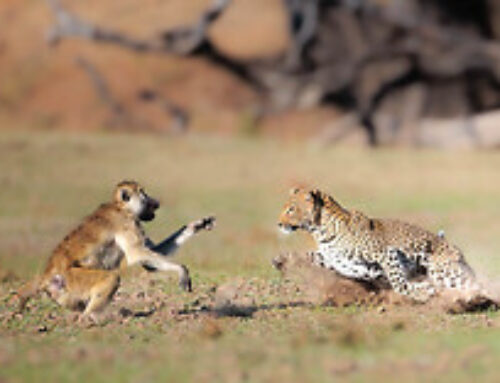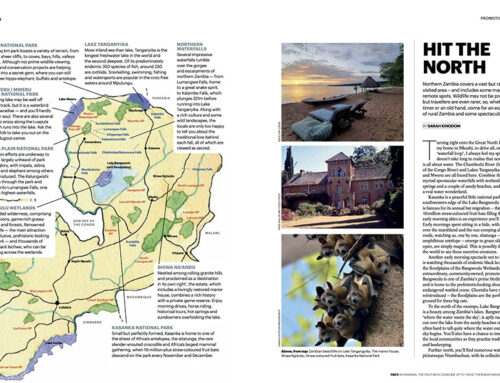I have just returned from a weekend recce trip to the Lower Zambezi National Park, courtesy of Anabezi and Amanzi Camps, who laid on a fantastic tour of their two beautiful properties and an insight into the exciting safari experiences on offer in that area of the National Park.
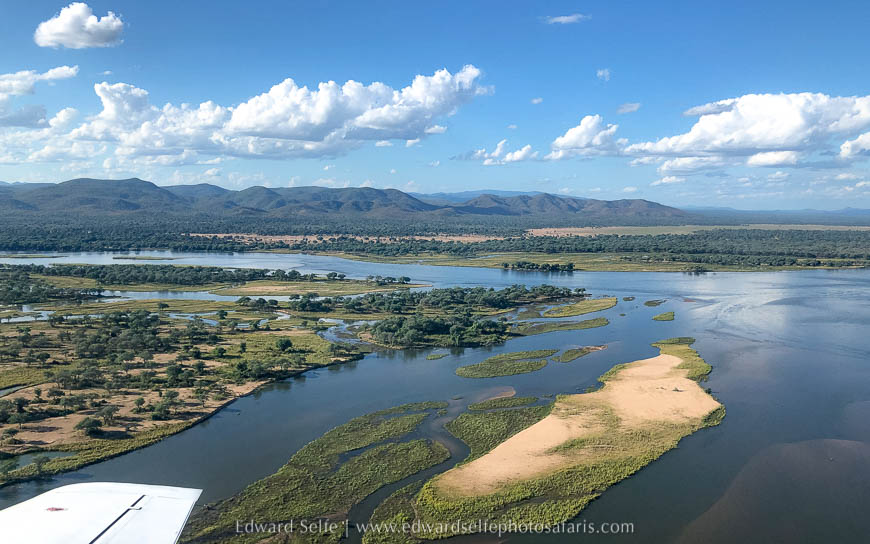
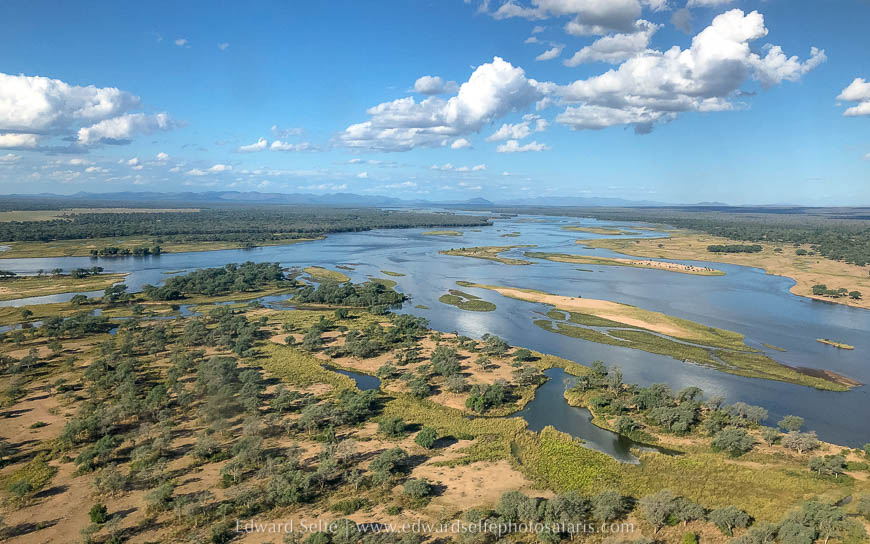
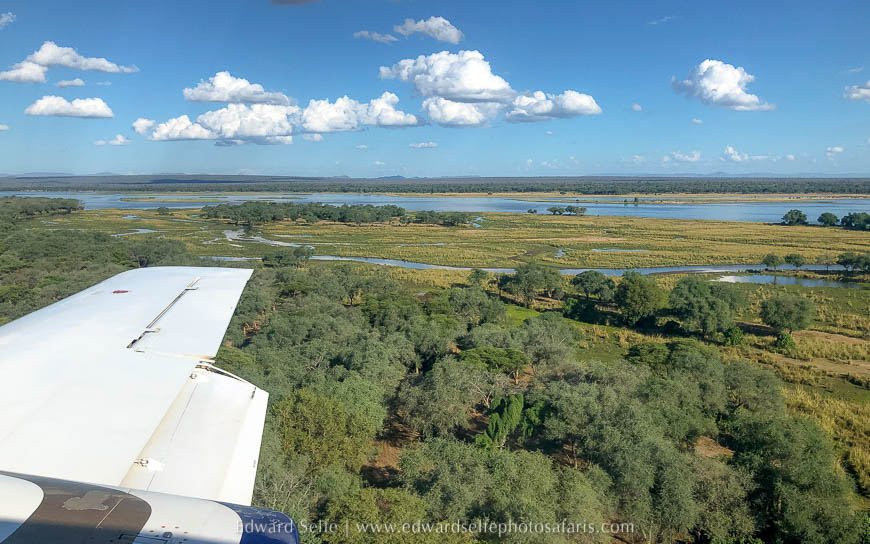
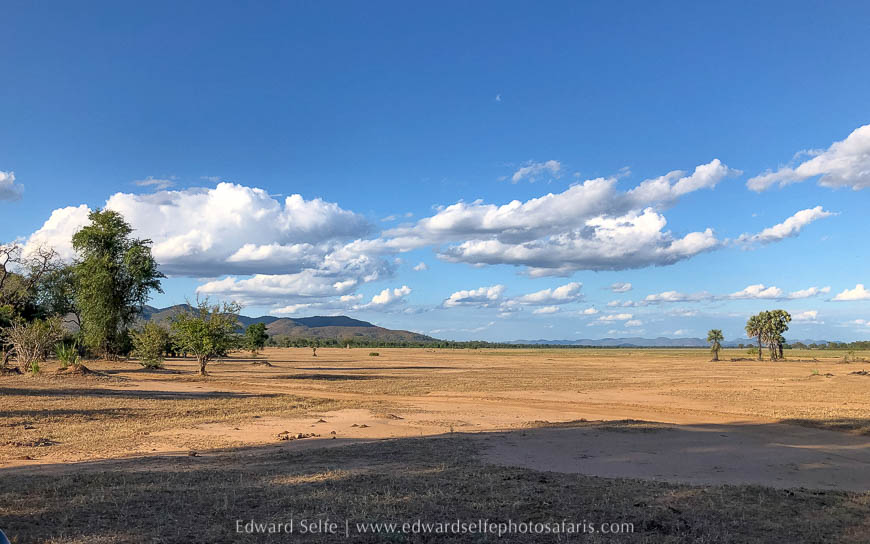
The camps are located in the best game-viewing area of the National Park. They both enjoy fantastic views over the main river or a wide, lazy side channel. Even though we visited in the very earliest part of their operating season, the game was excellent. I heard lions calling as we arrived on the first night and we found a female with two cubs the following morning. There were impala, puku, kudu, zebra and warthogs to be found on every corner and we saw more elephants than I would hope to see in a week in some National Parks!
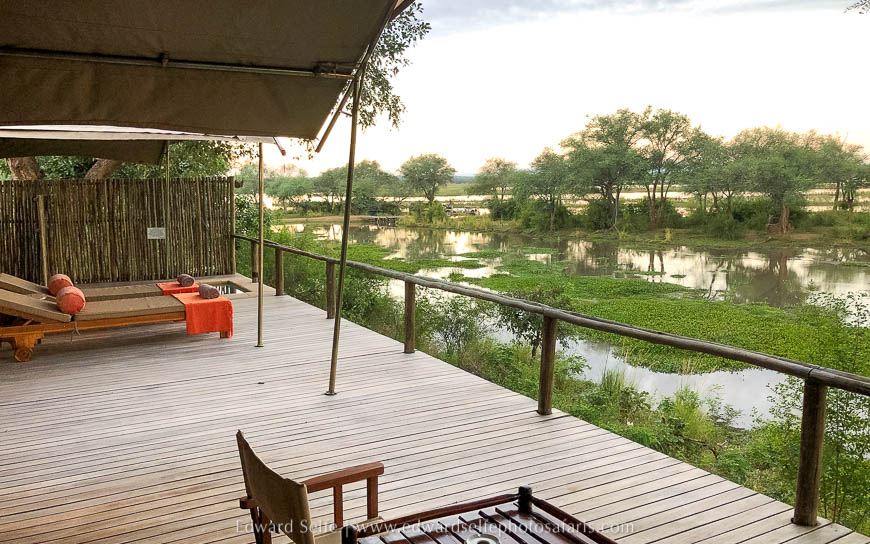

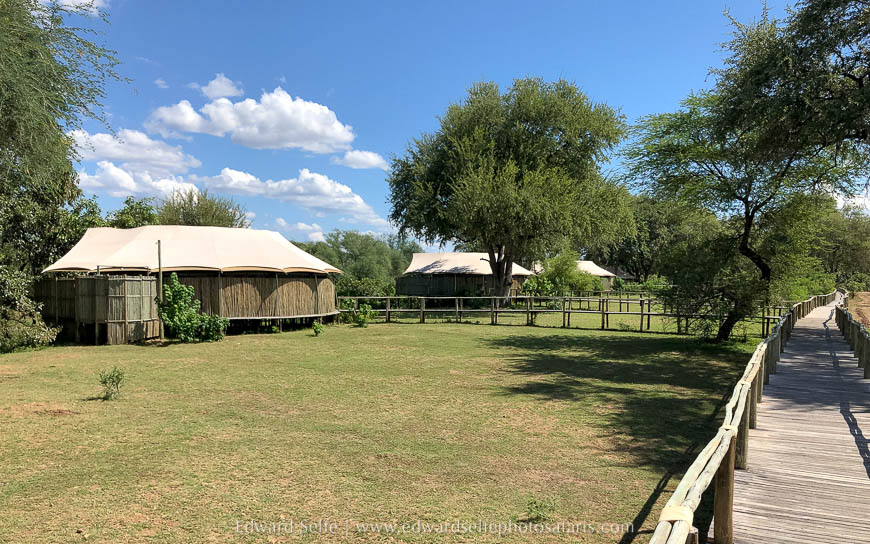
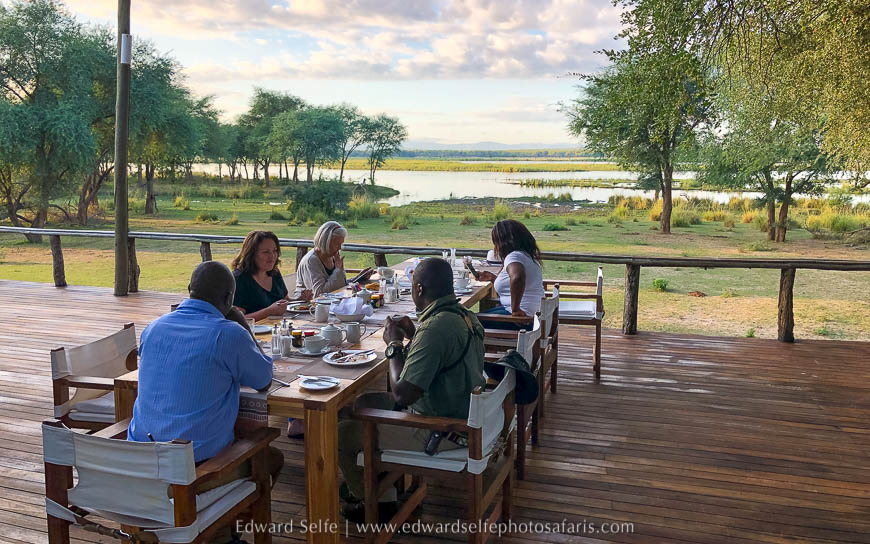
The safari experience is excellent with a superb mix of habitats ranging from flooded grassland along the river, through mature Winterthorn woodland — very much like the habitat that has made Mana Pools famous — and into croton scrub which is rich in likely-looking resting spots for leopard. We only spent one day in the area but I can see from the abundant game, and the assurance of the guides, that there is a very healthy leopard population in the surrounds of the camps.
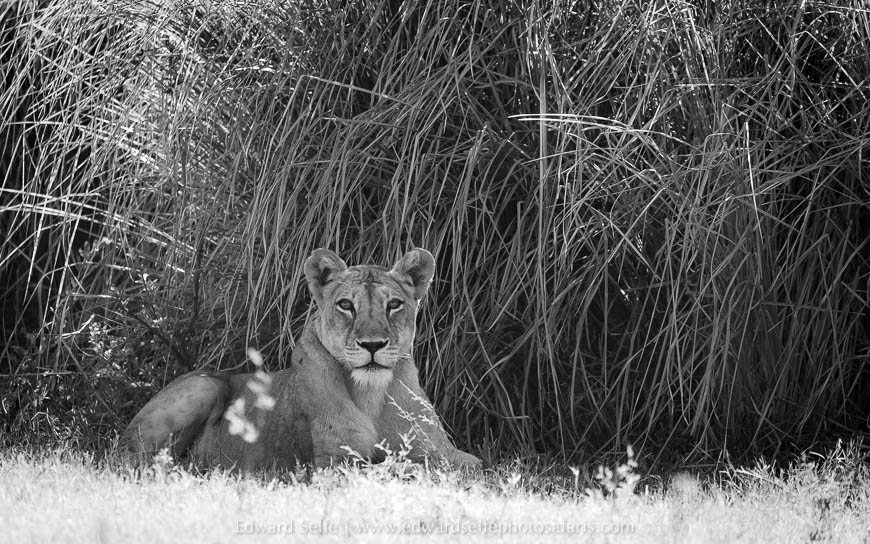
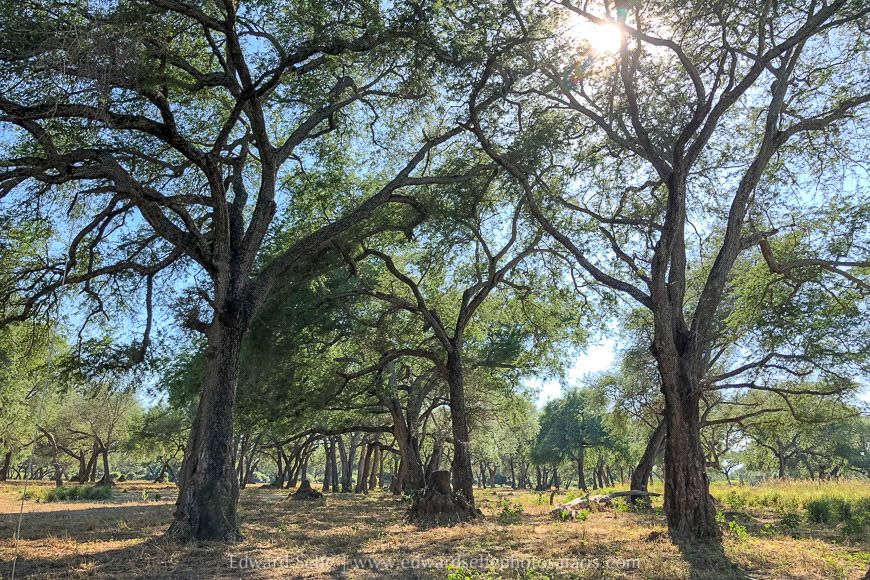
I was there over the Global Birding Day which is a Cornell University inspired biodiversity project which asks people worldwide to count the number of bird species that they encounter on that day. I was concentrating on the area, chatting with the guides, and learning about the camps, but I still racked up 96 species by sight and from call, and discounted a few others that I could not be sure about and didn’t have time to investigate. Suffice to say that birding is excellent here.
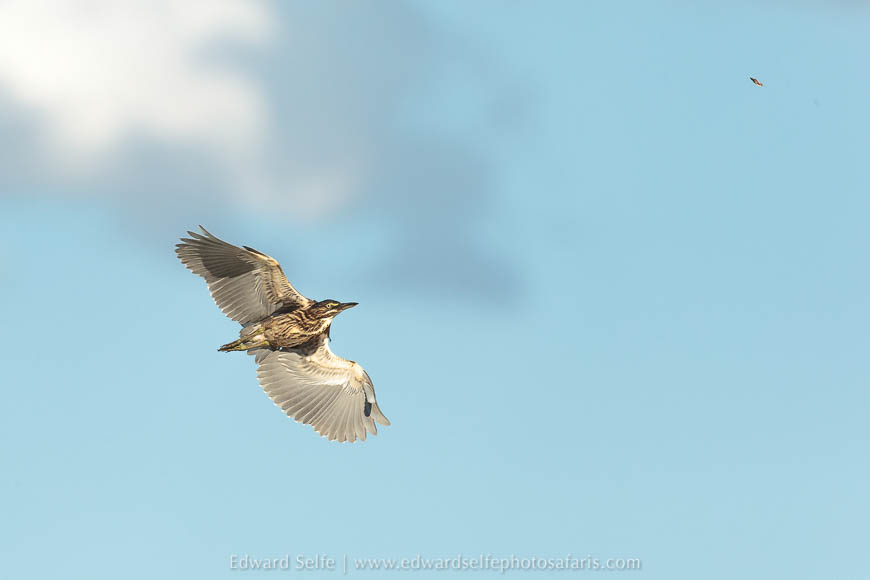
But, while the game drives are interesting, the Lower Zambezi National Park comes alive when viewed from the river. Boating or canoeing down the meandering side-channels, between phragmites-covered islands, is a wonderful way to see game and birds. From a photographic point of view, it is also preferable to vehicles since the boat’s silent approach gives you a chance to get low and close to creatures feeding on the banks.
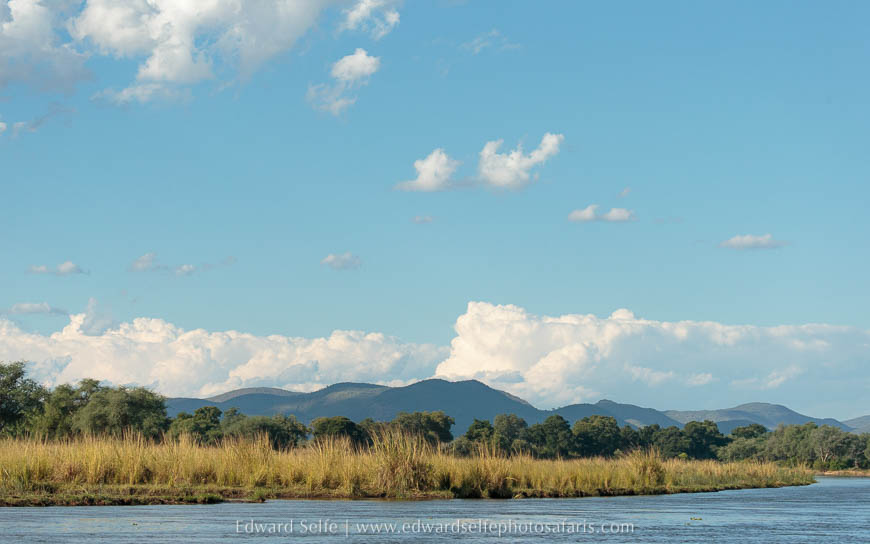

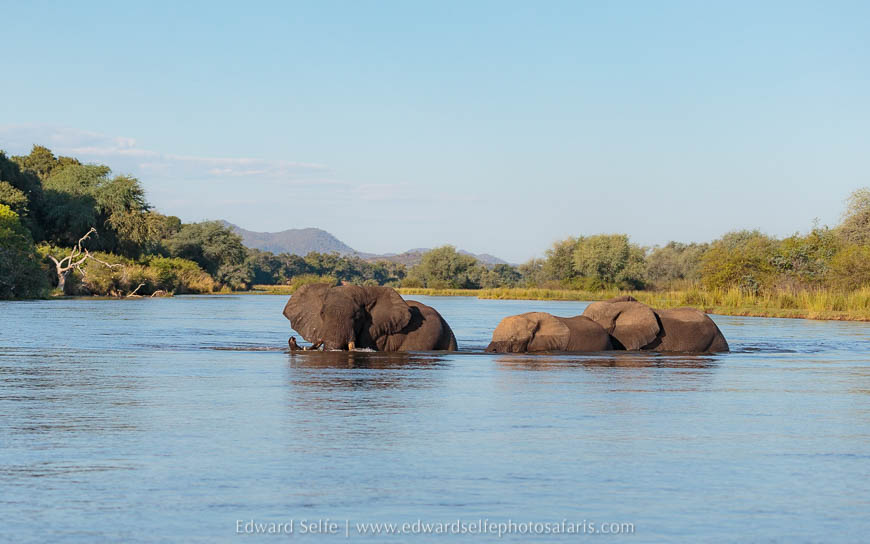

As all wildlife photographers know, it is the setting and the surroundings that are as important to the final photo as the subject. This is also true of the experience; it is as much about the way you encounter wildlife as it is the wildlife itself. The Lower Zambezi in this area is special because there are high escarpments on both sides of the river, giving blue-pink backdrops to photos and framing the wide river. It is really beautiful, and that is quite something for me to say when I live year-round in the Luangwa Valley!
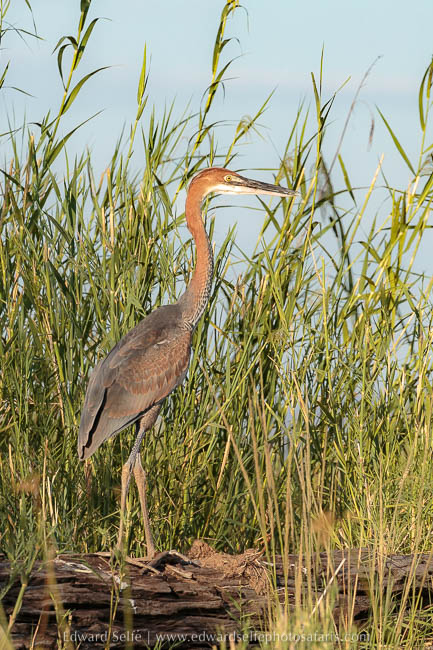
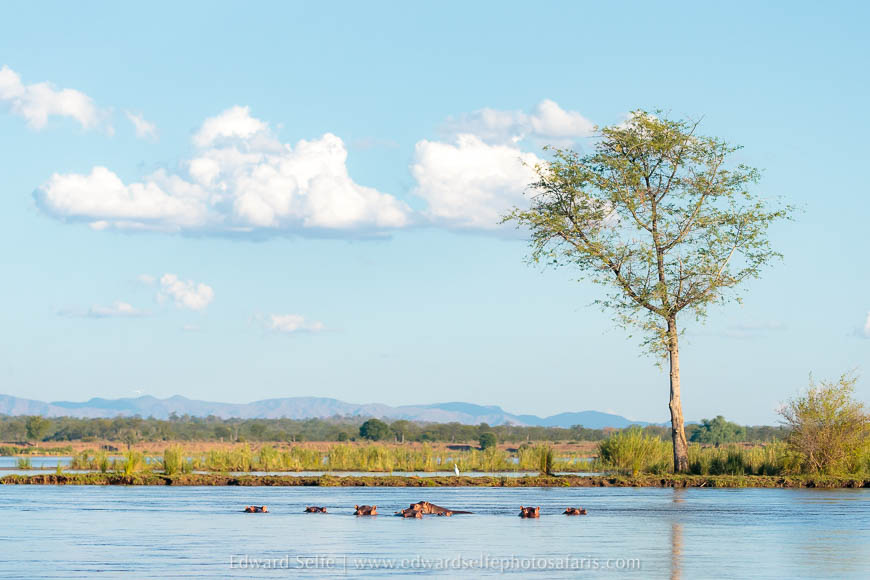
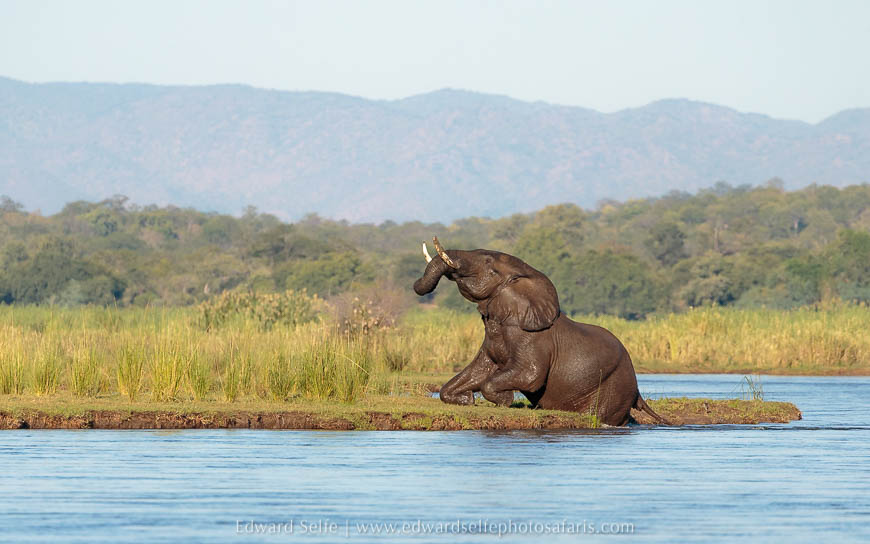
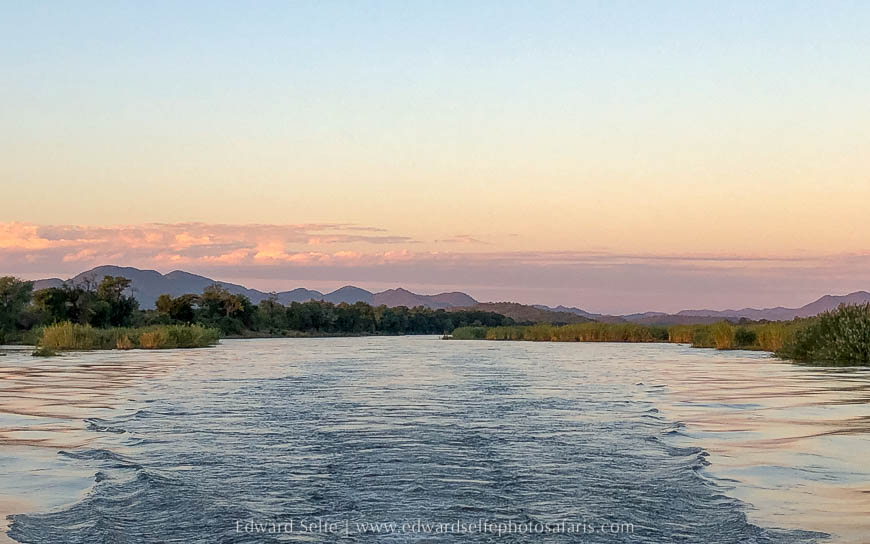
I am excited to be running safaris to Lower Zambezi from 2019 onwards. I will be offering two styles of trip; a lodge-based safari from Anabezi Camp and a rustic fly-camping experience with the incredible Tusk & Mane Safaris. Both operators make use of the Zambezi waterfront ecosystem, and differ only in terms of accommodation, camp surroundings and size of camp. Both trips promise wonderful experiences in the vehicle, on the water and on foot. I look forward to talking with guests about these trips soon. If you are interested, send me an email and I’ll be happy to share more of my enthusiasm for this destination. Tour info will appear on my safari page soon.
